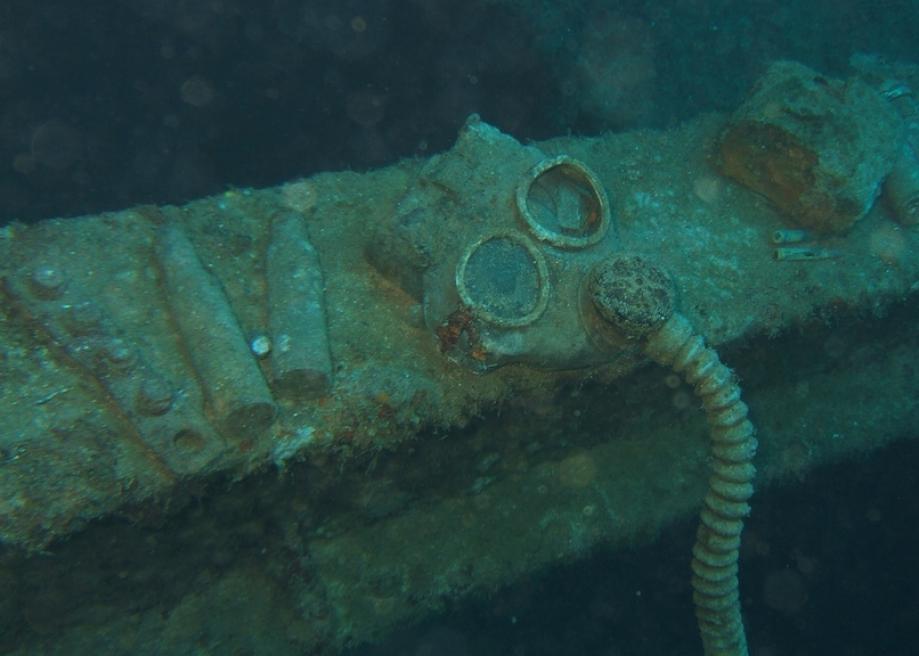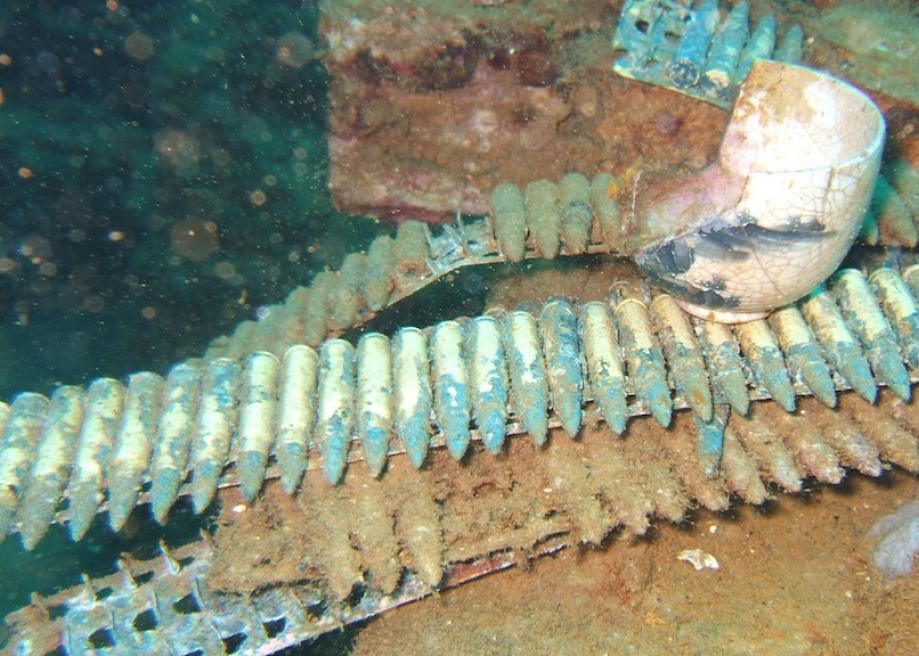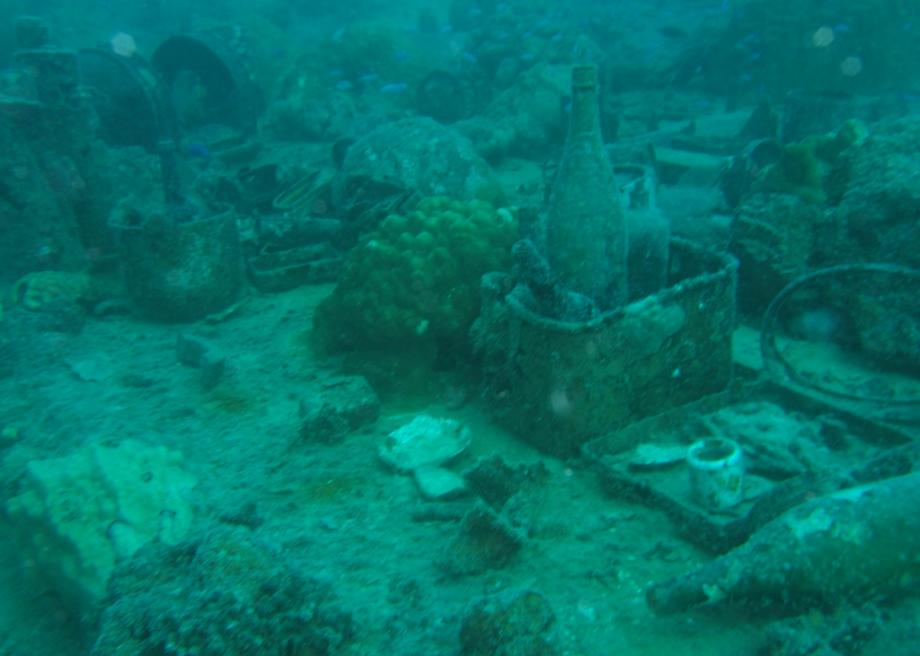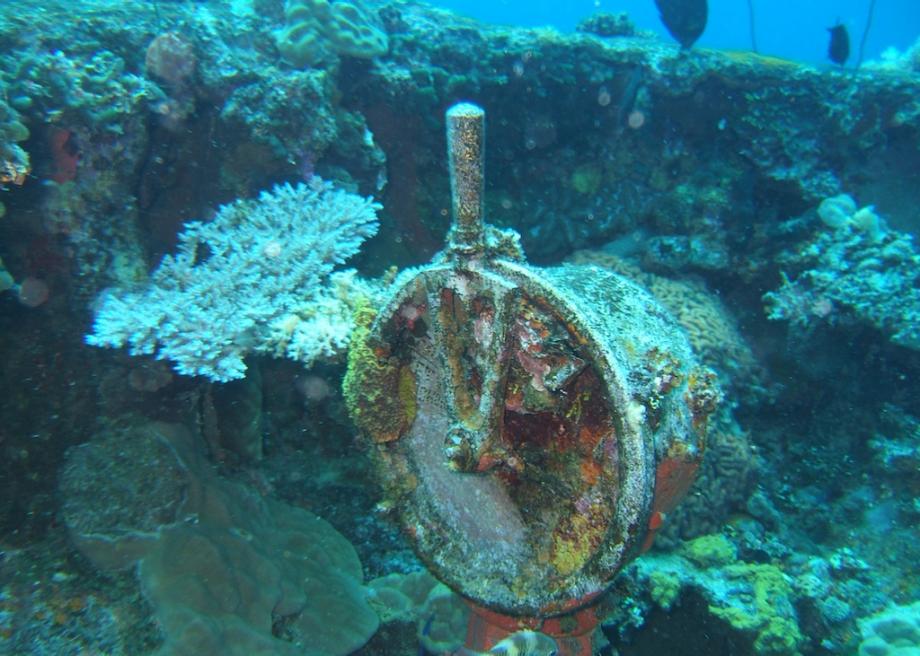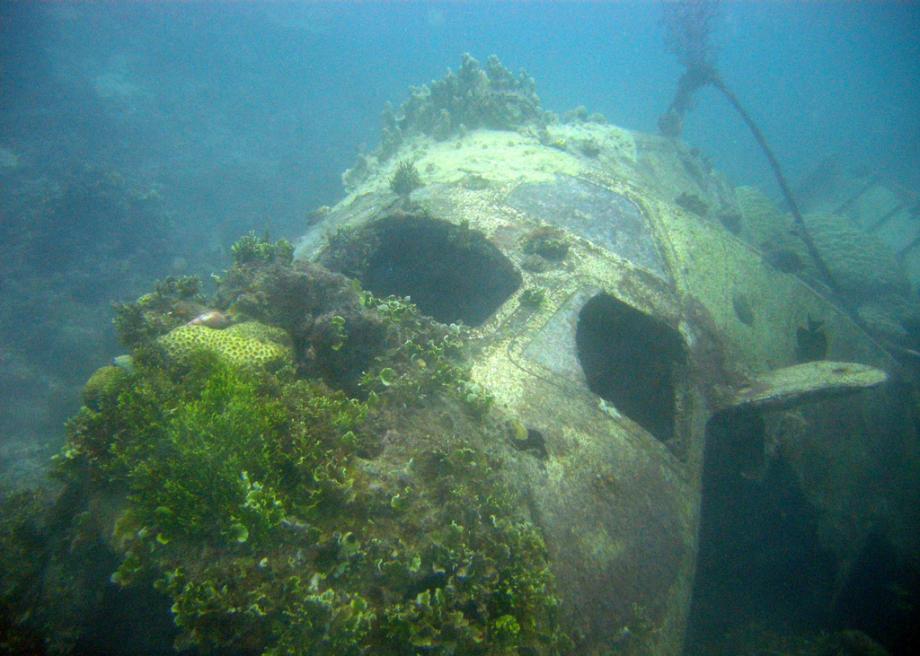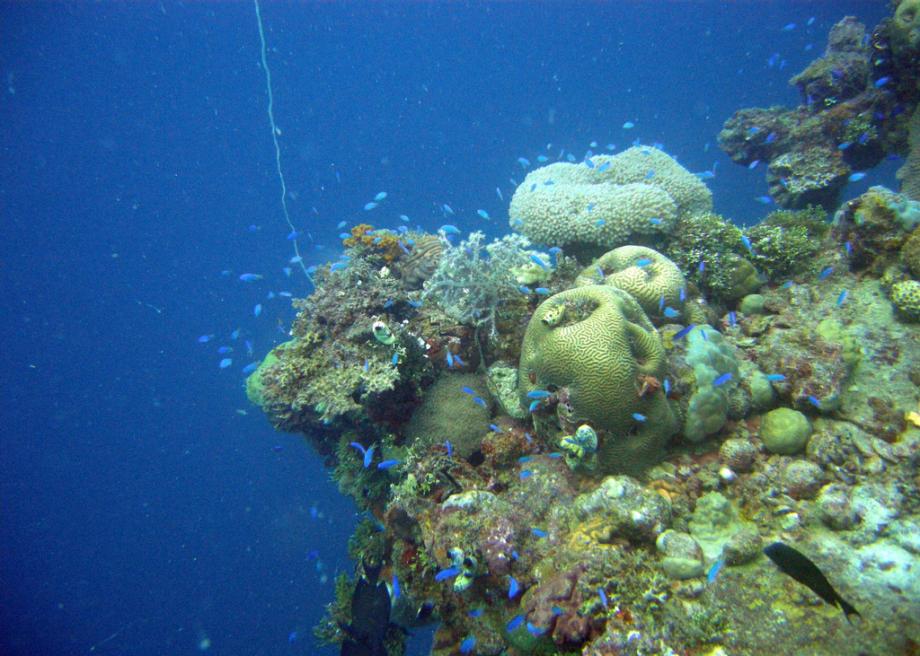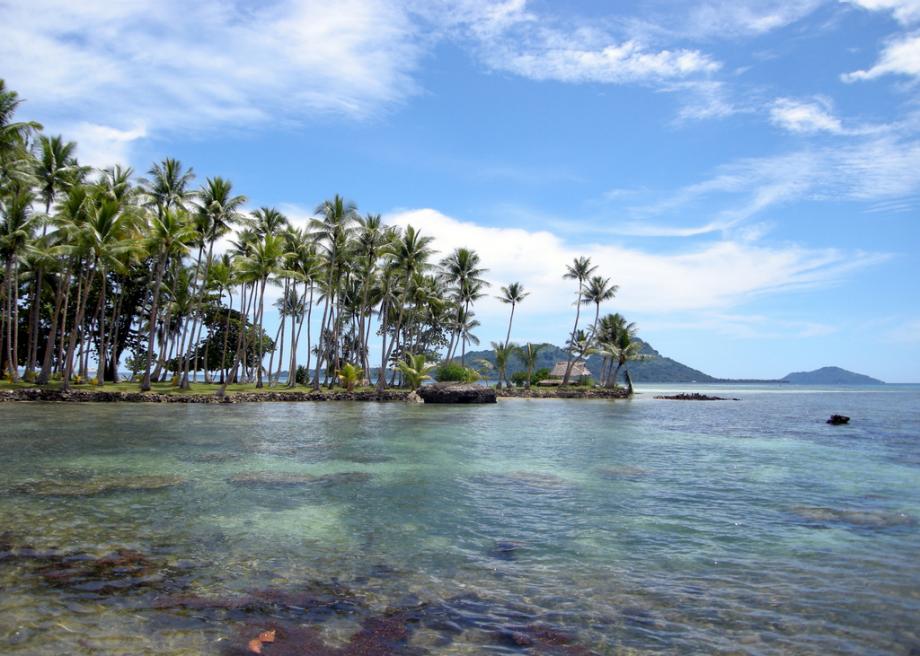What Lies Beneath: The World War II Relics of Chuuk Lagoon
Atlas Obscura on Slate is a blog about the world's hidden wonders. Like us on Facebook, Tumblr, or follow us on Twitter @atlasobscura.
In February 1944, reeling from the bombing of Pearl Harbor, the USA targeted a Japanese military base at Truk (now Chuuk) Lagoon in Micronesia. During the Second World War, the atoll had become a major naval and logistical hub with battleships, submarines, aircraft carriers, and other giant vessels in the waters.
The US army's Project Hailstone mission began at sunrise on February 17. Five hundred aircraft departed from the nearby Marshall Islands, joining submarines and surface ships in the attack on Chuuk. Though the Japanese, fearing such a raid, had removed many of their larger ships from the area a week earlier, the damage was extensive. Forty-seven ships and 270 aircraft sank to the bottom of the lagoon. Onboard were about 1,700 Japanese servicemen.
Chuuk's sunken vessels remain in the lagoon, comprising the world's largest ship graveyard. Riddled with torpedo holes, the ships have released some of their contents: gas masks, rotting shoes, unopened bottles of beer, and phonograph records drift silently along the coral-covered decks, a sobering reminder of the naval officers' daily lives.
Chuuk’s ghost fleet attracts much marine wildlife, including sharks, manta-rays, turtles, and scuba divers. The ships continue to rust and deteriorate, causing ecological concerns -- the three tankers on the lagoon floor contain an estimated 32,000 tons of oil, or about three-quarters of the amount spilled during the Exxon-Valdez disaster.
In 2002, Australian corrosion chemist Dr Ian Macleod estimated the Chuuk hulls would collapse by 2017. Removal of the oil is possible: the US navy leeched oil from one of its sunken WWII oil tankers using a process called hot-tapping. The problem is that it costs millions of dollars. With a complicated political situation in play -- the shipwrecks are technically owned by Japan, but located within a war grave in impoverished Chuuk -- nothing has yet been done to prevent a catastrophic oil spill.
See more shipwrecks:
View Chuuk in a larger map

